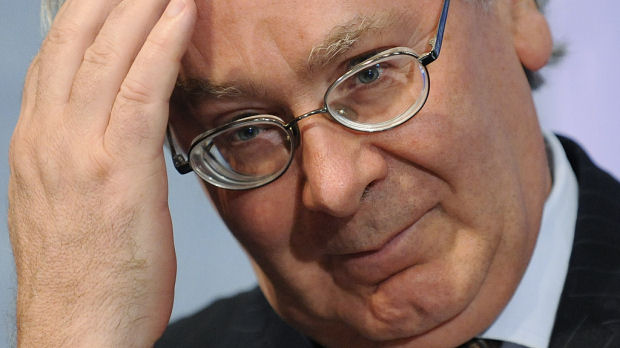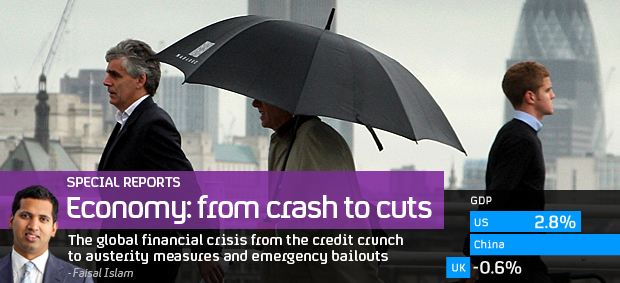UK inflation jumps to 4.5 per cent in April
Inflation hit a two-and-a-half-year high last month, jumping to 4.5 per cent from 4 per cent in March. The rise is blamed on Easter travel costs, together with higher duty on alcohol and tobacco.

Inflation in April rose to 4.5 per cent, its highest level since October 2008, up 0.5 per cent from March.
Inflation is now more than double the 2 per cent inflation target.
The rise in the Consumer Prices Index was prompted by higher travel costs around Easter and higher duty on alcohol and tobacco.
The CPI also showed a 1 per cent month on month rise, according to Office for National Statistics data.
The Retail Price Index, which includes mortgage interest payments, fell in the year to April to 5.2 per cent, down from 5.3 per cent in March.
In an open letter to Chancellor George Osborne, explaining why the Bank of England’s 2 per cent inflation target had been exceeded, Bank Governor Mervyn King said that the current “high level of inflation” reflected three main influences: “the increase in the standard rate of VAT in January to 20%, higher energy prices and increases in import prices.”
Inflation would have been “substantially lower and probably below the target” but for these factors, the Governor said.
The Bank of England Governor is required to write an open letter to the Government every three months that inflation is more than one percentage point away from its inflation target.
The Easter bunny strikes
The target measure of inflation, the CPI, has shot to a 2.5 year high. On the back of budget hikes in tax duties and, believe it or not, the Easter bunny too, writes Channel 4 News Economics Editor Faisal Islam.
With inflation yet again over double the Bank of England’s target of 2 per cent, Mervyn King has had to write another letter of explanation to the Chancellor, who must feel like his pen pal.
The Governor blames the same three factors: the VAT rise, a weak pound and the recent swings in commodity prices.
Consumers should expect little respite as gas and electricity bills head up in the autumn. It augurs badly for the consumer in the coming months.
